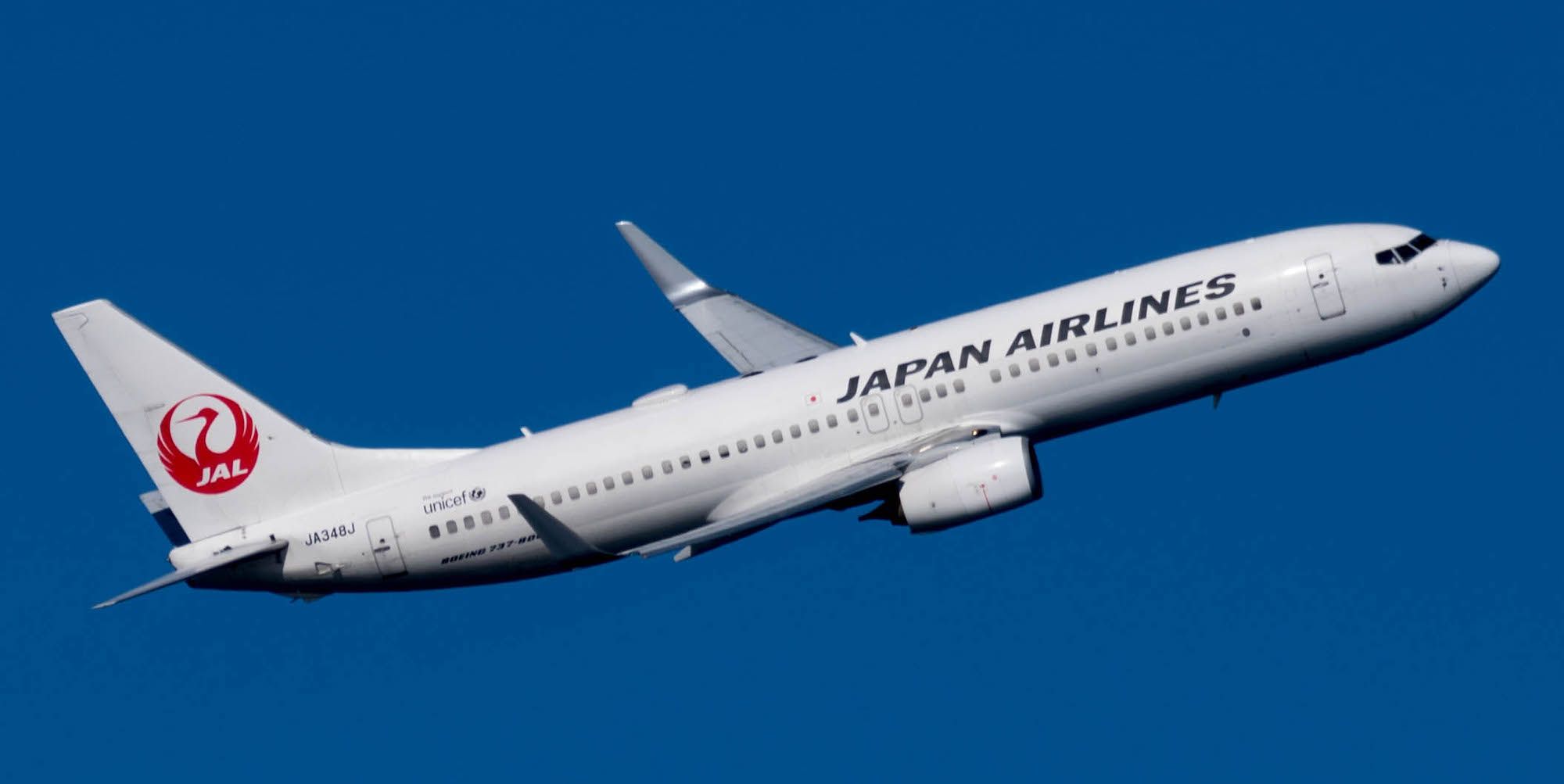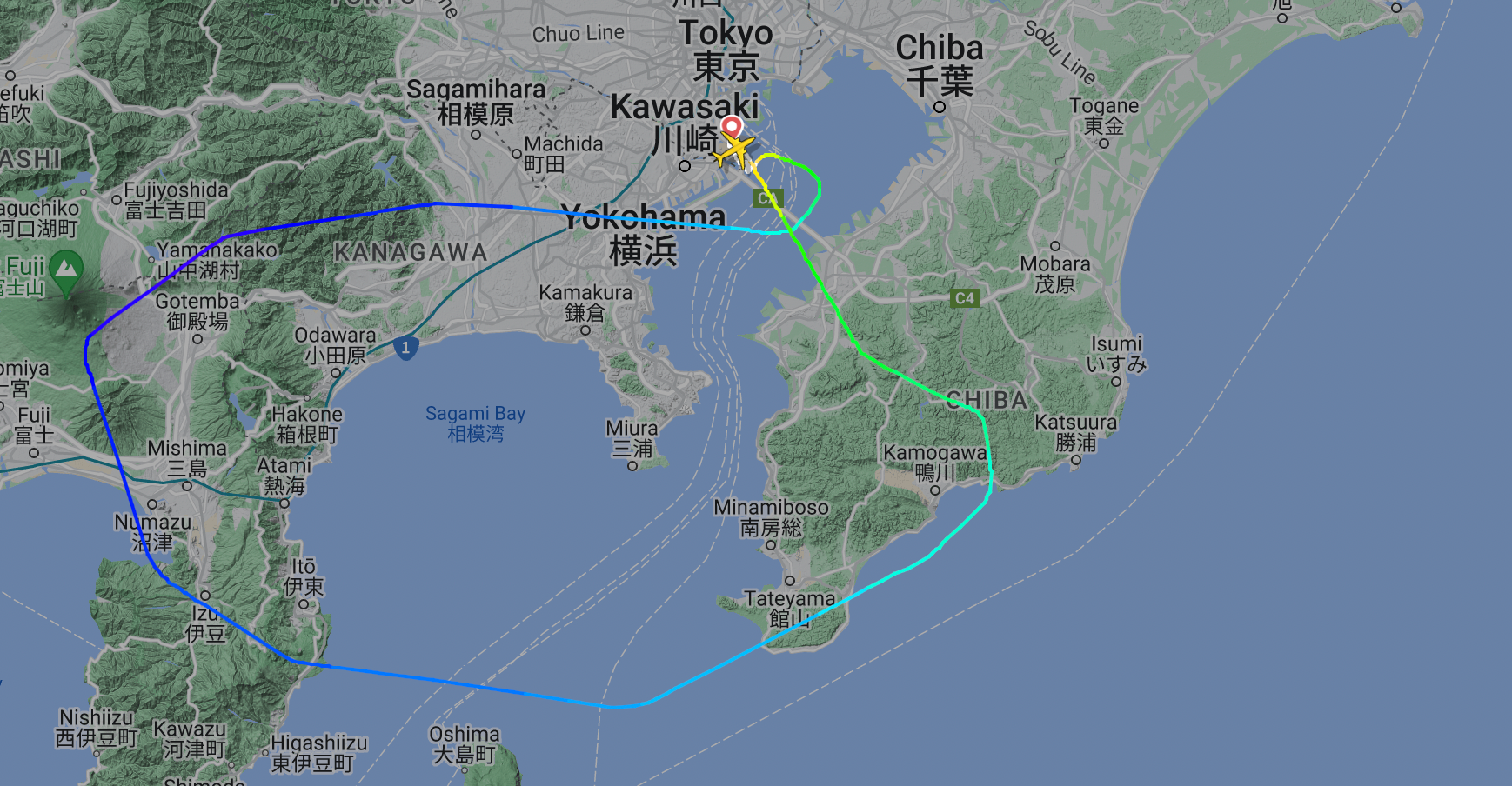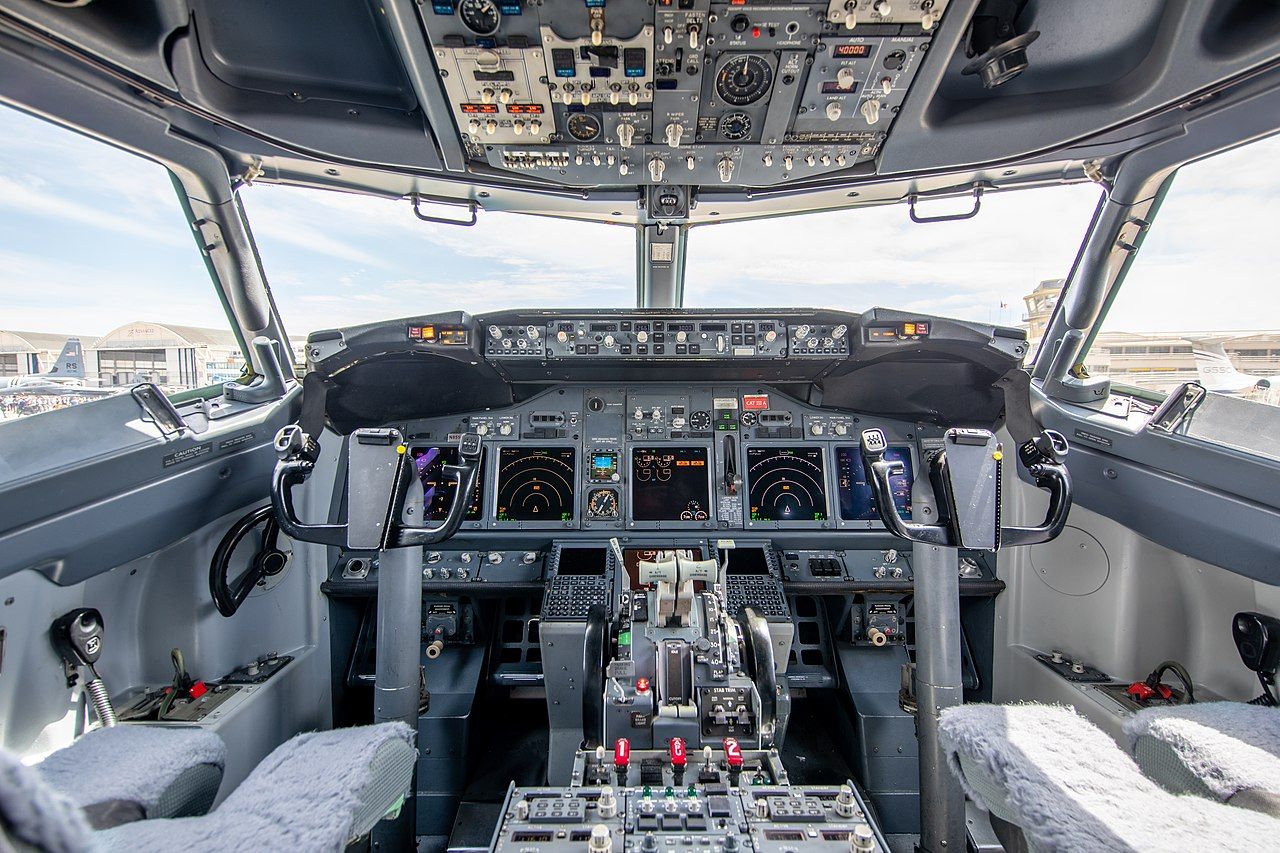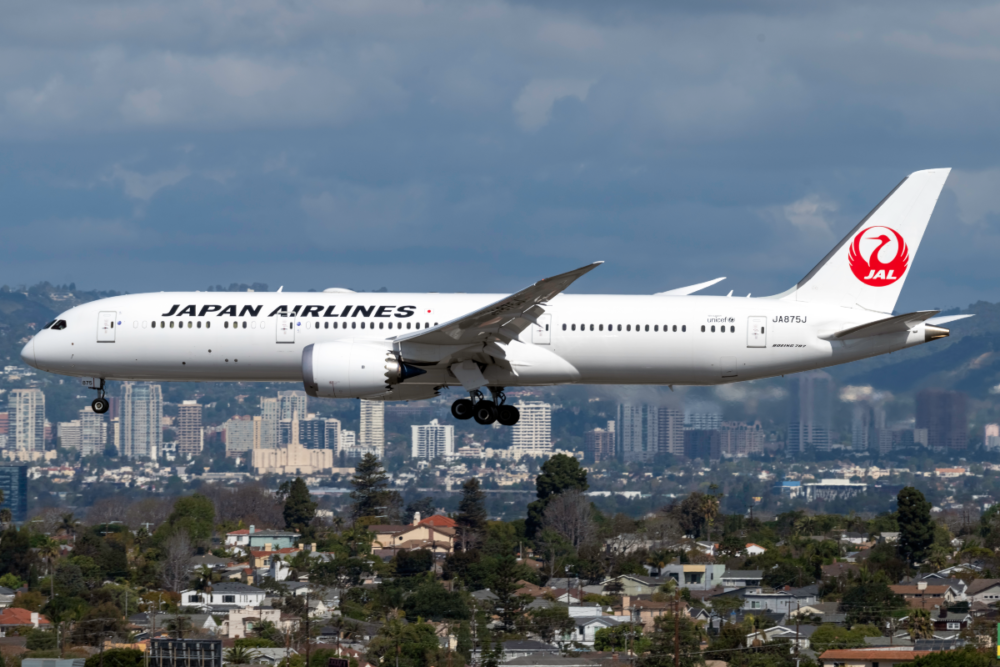While engine issues and smoke or fire indications seem to be the most common occurrences leading to aircraft diversions, an overheating windshield heater is even more infrequent. However, on Sunday, March 26th, a Japan Airlines Boeing 737-800 flying from Tokyo Haneda to Matsuyama had to divert to its origin airport after the crew began experiencing issues with the aircraft's windshield heater shortly after takeoff.
Red hot cables
The March 26th incident began with the Japan Airlines Boeing 737-800 taking off from Tokyo Haneda at 17:44. Performing flight JL439 to Matsuyama, FlightRadar24.com data indicates that the flight took off nearly an hour later than its scheduled time.
The Aviation Herald reports that the Japan Airlines jet, registered JA329J had begun to experience issues with the windshield heater at FL300. The crew stopped the climb after seeing sparks coming from the device. Equally as alarming, the cables of the windshield heater were turning red-hot while a window was turning "foggy."
Flying close to Mount Fuji, the issue prompted the crew to divert and return to Tokyo Haneda. The aircraft, with its 131 people onboard, touched down on Haneda's runway 34R safely and without further incident, 40 minutes after departing.
The Aviation Herald notes that a replacement Boeing 737-800 (registered JA335J) was dispatched to complete the flight to Matsuyama. The total delay for passengers was approximately three-and-a-half hours. The incident aircraft re-entered service the following day (March 27th) as flight JL259 from Tokyo Haneda to Hiroshima.
Get all the latest aviation news right here on Simple Flying
Windshield heaters on aircraft
Similar to the heating wires that exist on an automobile's rear window, aircraft cockpit windows are fitted with heating elements in the glass. It obviously gets quite cold flying at high altitudes and so turning this system on will prevent ice from forming on the glass.
It's also worth mentioning that a warm windshield also prevents cracking should a bird strike to the cockpit window take place. Indeed, the heat keeps the window's vinyl layer elastic and resilient, so that the impact of a bird strike can be absorbed.
Other similar incidents
In 2021, a Jiangxi Air Boeing 737 flying from Korla Airport to Zhengzhou in China flying at FL331 experienced an overheating windshield element, which began glowing. The incident, which appears to have happened in the dark of night, was filmed by one of the pilots (see embedded YouTube video below). In addition to the glow of the heating element, sparks can be seen before the windshield eventually cracks.
Another similar (but less severe) windshield heating incident took place over a decade ago and also involved a Boeing 737 operated by Southwest Airlines. According to NBC News, the flight was headed from Kansas City to Dallas when the crew experienced an issue with the cockpit's heating element. The crew then made an emergency landing in Oklahoma City "out of an abundance of caution."
What do you think of this incident? Share your thoughts by leaving a comment.
Sources: Planespotters.net, FlightRadar24.com, The Aviation Herald, NBC News, Mentour Pilot




